Late Byzantine inscription of John VIII from the Walls of Constantinople
The Berlin Museum houses a late Byzantine inscription from 1439 that vividly captures the twilight years of the Byzantine Empire and its capital, Constantinople. This artifact stands as a poignant testament to a time when the looming threat of the Ottoman Turks grew increasingly dire and unavoidable.
Constantinople was heavily fortified since the 5th century with a complex fortification system, including the Walls of Constantine, the Walls of Theodosius, the sea walls, and some later additions. Such considerable structures required constant maintenance, especially repairs following severe earthquakes, attempts to conquer the city, or long periods of neglect. Therefore, the walls bear numerous repair inscriptions with the names of Byzantine emperors or later Ottoman sultans.
The inscription is 88.5 cm high, 81 cm wide, and 7 cm deep, and weighs 111 kg. It was located on a forward tower of the land walls in the area of Silivrikapı (Selymbria Gate). The inscription reads: “(Work) of Emperor Ioannes Palaiologos in the month of January of the year 1439.”
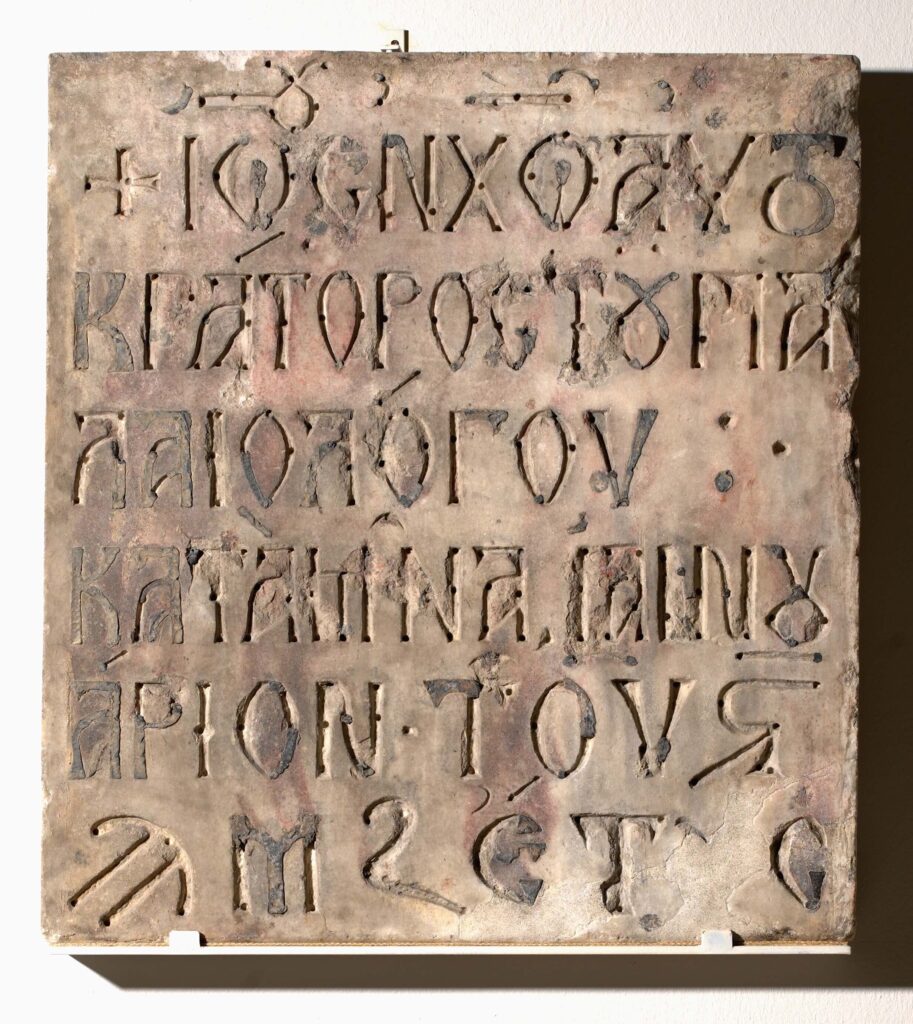
It refers to the penultimate Byzantine Emperor John VIII Palaiologos (1425-1448). His reign was marked by efforts to defend the dwindling Empire against the advancing Ottoman Turks. He sought military and financial support from Western powers, including by advocating for the controversial reunion of the Eastern Orthodox Church and the Catholic Church at the Council of Florence in 1439. However, internal struggles and economic difficulties plagued his rule. In 1439, the possibility of a new attack by the Turks on Constantinople was a grim reality—the last siege had occurred in 1422—and repairing the walls was a necessary task. This proved crucial less than 15 years later when the Turks besieged the Byzantine capital again, leading to the fall of the city in May 1453.
This late Byzantine inscription is therefore a poignant testament to the Emperor’s efforts made to avoid or delay the impending doom that threatened the empire.
It was acquired by Theodor Wiegand (1864-1936) in 1910. A famous classical archaeologist, he worked on excavating the Athens Acropolis in 1894, and a series of former classical cities on the Aegean coast of Turkey: Priene, Miletus, Didyma, Samos, and Pergamon. From 1899 to 1911, he held the posts of exterior director and scientific consultant at the German embassy in Constantinople, and from 1912 to 1930, he was the director of the Department of Antiquities in the Berlin museum, contributing significantly to the development of the Pergamon Museum.
Photographic credits : Staatliche Museen zu Berlin, Skulpturensammlung und Museum für Byzantinische Kunst / Antje Voigt CC BY-SA 4.0
Source here (in german)
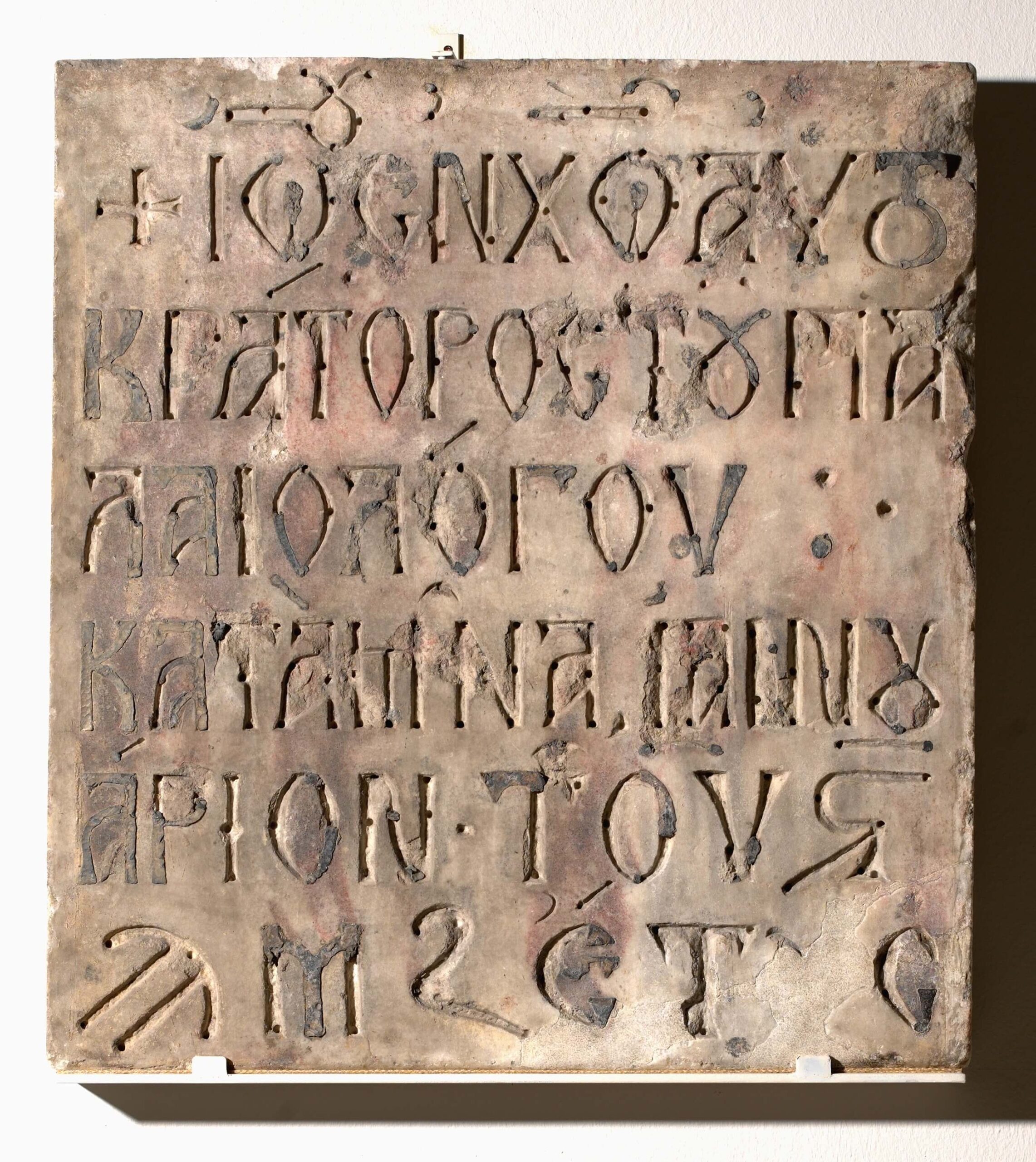
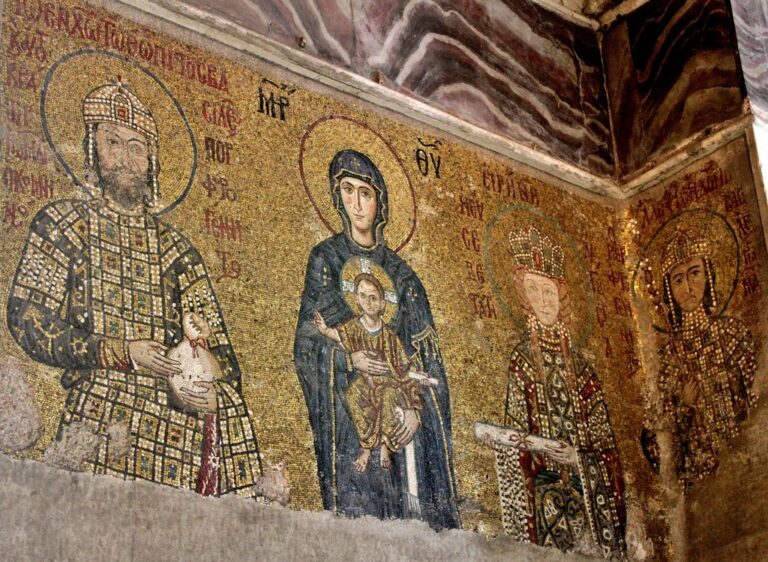
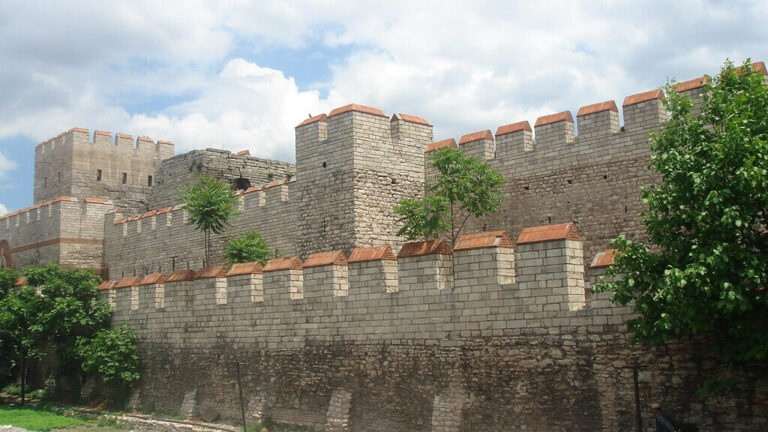
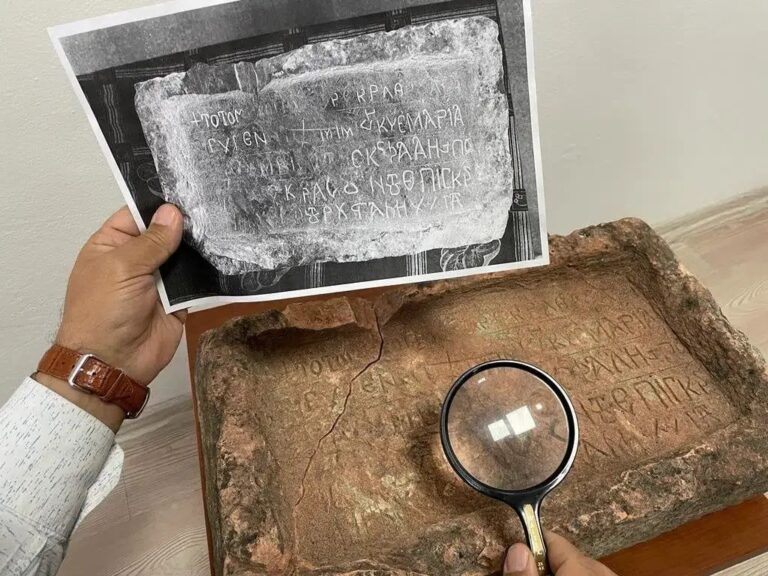
One Comment